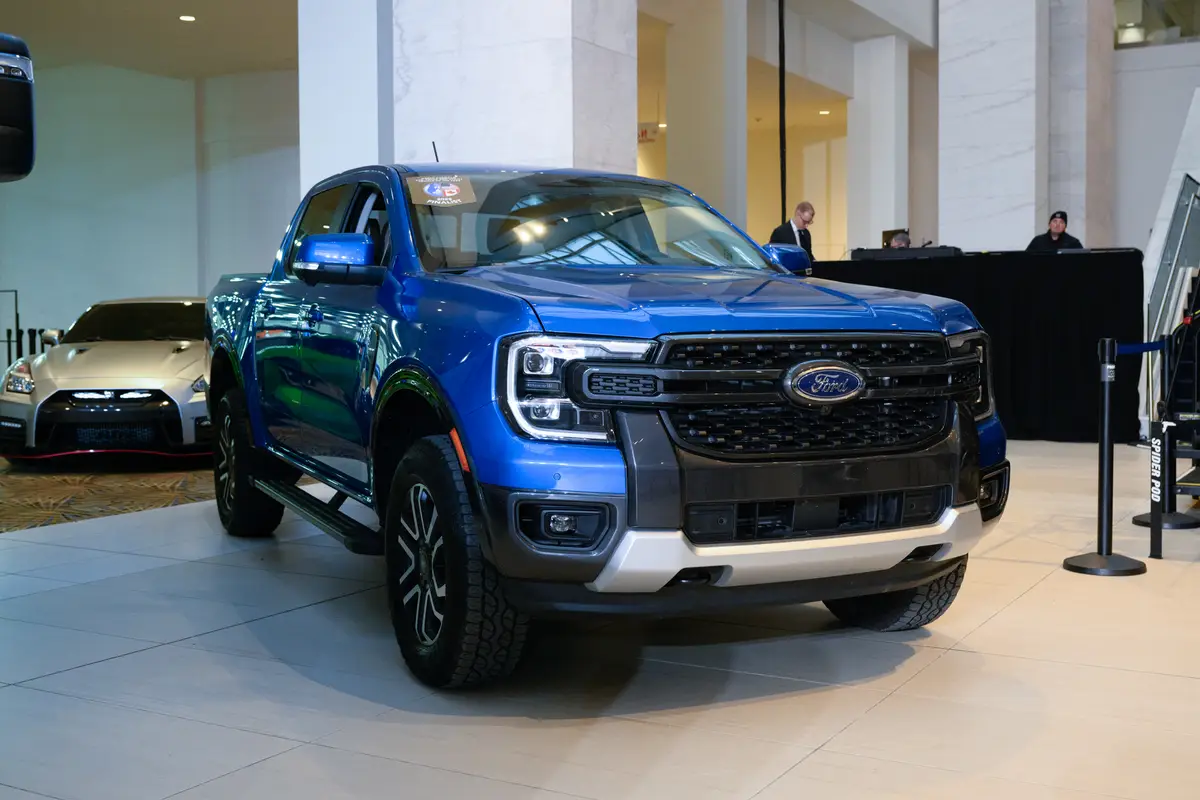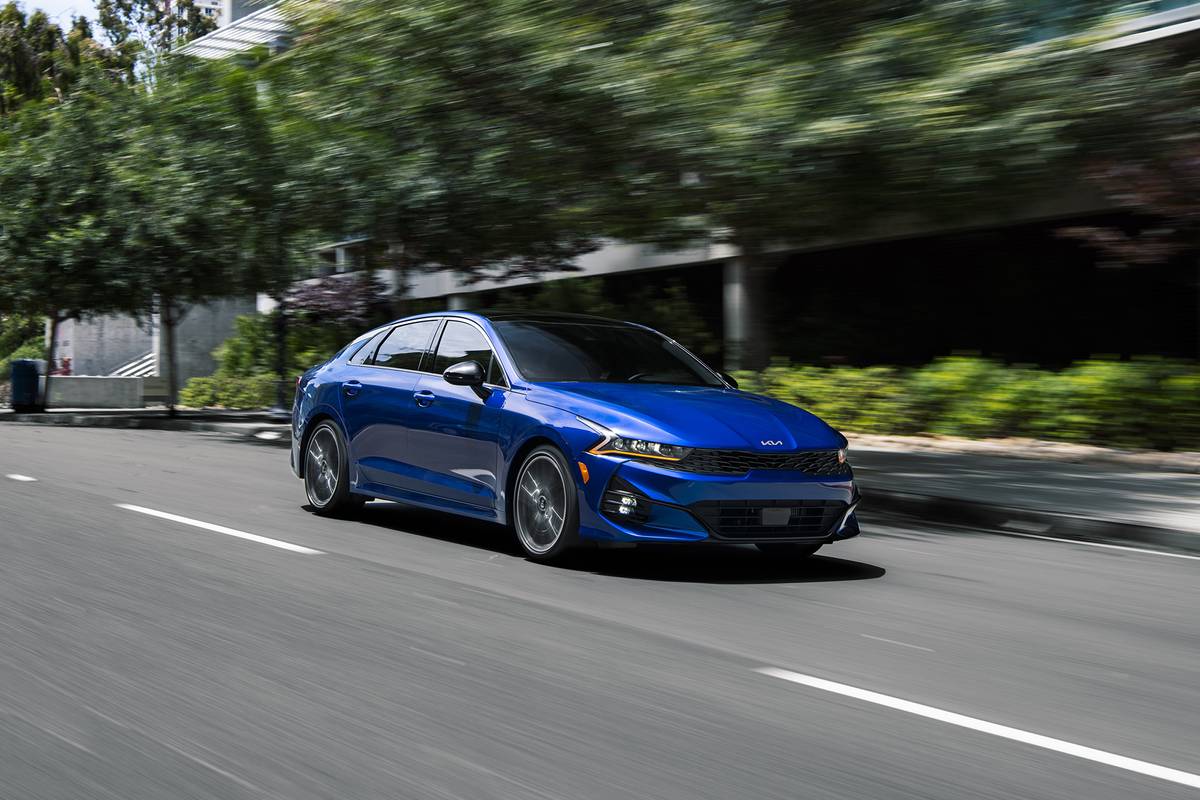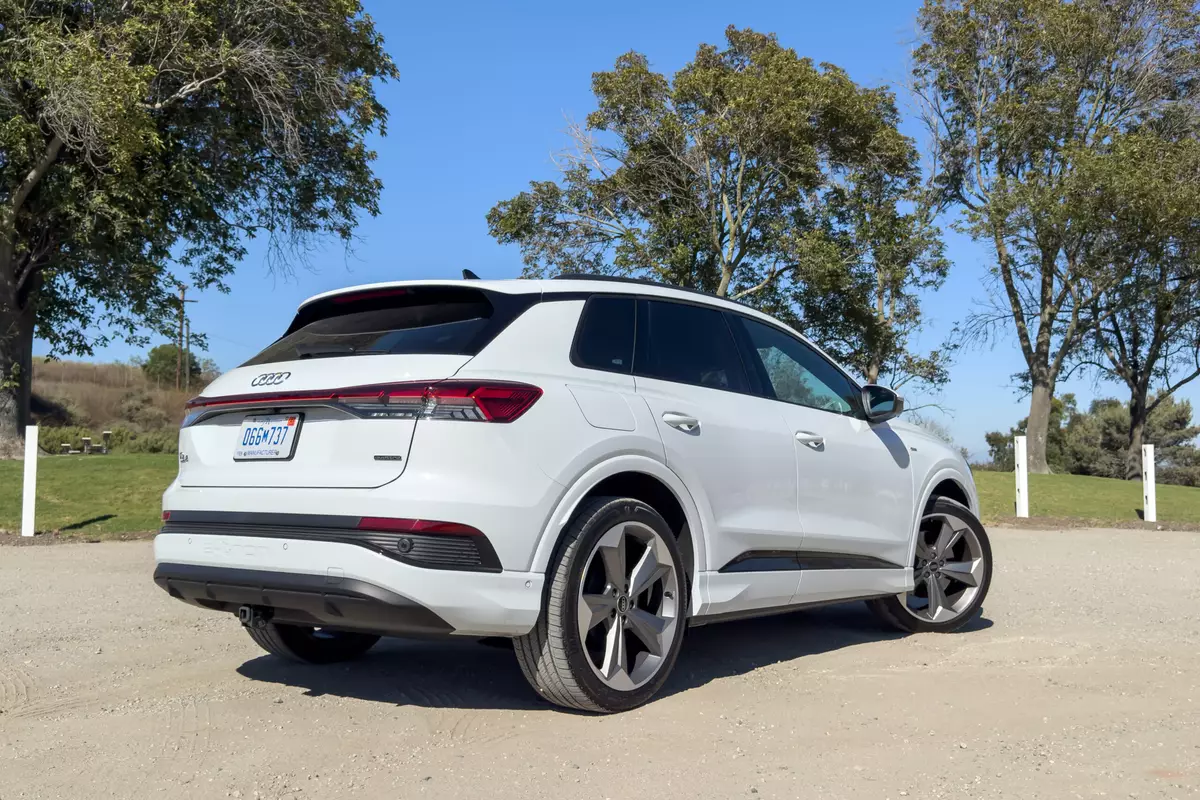washingtonpost.com's view
Where’s the Texas-Size Engine?
AUSTIN
We rented a UUV, an urban utility vehicle, which is another permutation of the station wagon, minivan, sedan and sport-utility vehicle.
But this particular rearrangement of automotive elements in the front-wheel-drive 2003 Mitsubishi Outlander left something out: power.
The Outlander is equipped with a 140-horsepower, 2.4-liter in-line four-cylinder engine, a slightly larger version of the 2-liter engine used in the Mitsubishi Lancer sedan, on which the Outlander is based.
That 120-horsepower engine is powerful enough in the Lancer ES sedan, which we also drove. But the sedan is a sleek little runner at 2,690 pounds. The Outlander is a boxy-mobile weighing in at 3,240. Those differences in weight and geometry yield different results in highway performance.
Both the Outlander and the Lancer did well on low-speed neighborhood roads in Austin and Houston. But fierce crosswinds on Interstate 35 played havoc with the Outlander’s heavier, muscle-flexing SUV design and its anemic — for vehicle weight and driving conditions — four-cylinder engine. The Outlander huffed and puffed its way to higher highway speeds. The Lancer sedan zoomed — at least in the flatlands.
Both vehicles struggled for breath in the Texas high country.
There are important lessons in the design and execution of these two Mitsubishi vehicles. The first exposes as a lie the anti-SUV argument that all SUVs are the same — big, galloping gas guzzlers. That stereotype serves the anti-SUV forces well as a lobbying tool. But it has nothing to do with the facts: The vast majority of SUVs are mid-size or small, and increasingly they are of the CUV (crossover utility vehicle) and UUV (urban utility vehicle) variety.
Another lesson involves consumer choice. For a variety of reasons, practical and image-based, consumers nowadays choose more trucks and truck-like vehicles than sedans and station wagons even when they actually are buying, well, sedans and station wagons.
For example, the Outlander is great for carrying dogs, cats and bulky cargo. The Lancer isn’t, unless you’re one of those pet lovers who enjoy having Fido breathe down your neck in heavy traffic.
Both vehicles are easy to park in congested environments, as we discovered on visits to Milby Senior High School in Houston, the Houston Community College campus and the University of Texas in Austin.
But the Outlander and the Lancer sedan have decidedly different images. The Lancer looks like a wimp in a Texas landscape of trucks, trucks and more trucks. The Outlander doesn’t. Why is that important? Shucks, dude, nobody wants to look like a wimp in Texas. People will mess with you, especially on super-fast Interstate 35, where the Outlander at least offers you the opportunity of faking it until you make it.
It wo rks like this: You gun the Outlander’s accelerator on the I-35 entrance ramp. It makes a mighty noise and gives other drivers the impression that you are a player, even though you aren’t going anywhere terribly fast. Then you sneak into the right lane and stay there until you find a big opening in the center lane allowing you to merge. You’re okay in the Outlander as long as you don’t get goofy and try your luck in the left lane.
On the other hand, nobody in Texas gives you much respect in the little Lancer sedan. No, sir! You’re just another bit of beef or turkey jerky to them, ready to be chewed, which is why it’s good that the lighter, more aerodynamic Lancer has some surprising get-up-and-go.
Just when one of those big, bad trucks is ready to chomp your Lancer’s tail, you hit that accelerator and scoot! You become the turkey that got away. Yeee-hawww!
Nuts & Bolts
Complaints: Inadequate power in the Outlander. It needs a six-c nder engine or a larger four-cylinder. (The good news is that Mitsubishi is beefing up the Outlander’s power for the next edition.) In the Lancer, braking could use some work. Granted, both of the vehicles tested for this column were rentals and might have been subjected to abuse. But both had less than 5,000 miles when we picked them up. They seemed to be in good shape.
Praise: The Outlander and Lancer are excellent urban vehicles, great city commuters. That is their design intent, though the Outlander’s styling says otherwise. These are relatively low-miles-per-gallon city runners. Period.
Ride, acceleration and handling: Surprisingly good ride and handling in both vehicles, especially in emergency maneuvers, of which there were more than a few on Texas I-35. Excellent flatland acceleration for the Lancer. Marginal flatland acceleration for the Outlander. Both vehicles were slow in the hills.
Capacities: Both vehicles hold four people comfortably. The Outlander has a maximum cargo capacity of 60.3 cubic feet. The Lancer has a cargo capacity of 11.3 cubic feet. The Outlander can tow up to 1,500 pounds. Towing is not recommended for the Lancer. Outlander ground clearance is 8.3 inches. Lancer clears the ground by 4.9 inches. The Lancer holds 13.2 gallons of gasoline. The Outlander holds 15.7 gallons. Both run on regular unleaded.
Head-turning quotient: Not much for either the Lancer or the Outlander in Texas, where big, brawny, real trucks rule.
Layout: The Outlander and Lancer are based on front-engine, front-wheel-drive platforms. The Outlander is available with all-wheel drive. Both are available with manual and automatic transmissions.
Mileage: We averaged 31 miles per gallon in the Lancer in mostly highway travel and 26 mpg in the Outlander in highway runs.
Prices: Outlander models’ base prices range from $18,577 to $21,370, depending on model. Lancer prices range from $14,562 to $17,092.
Purse-strings note: Both the Outlander and Lancer are very competitive urban commuters and very good bargains. They get a “buy” recommendation here.
Latest news



